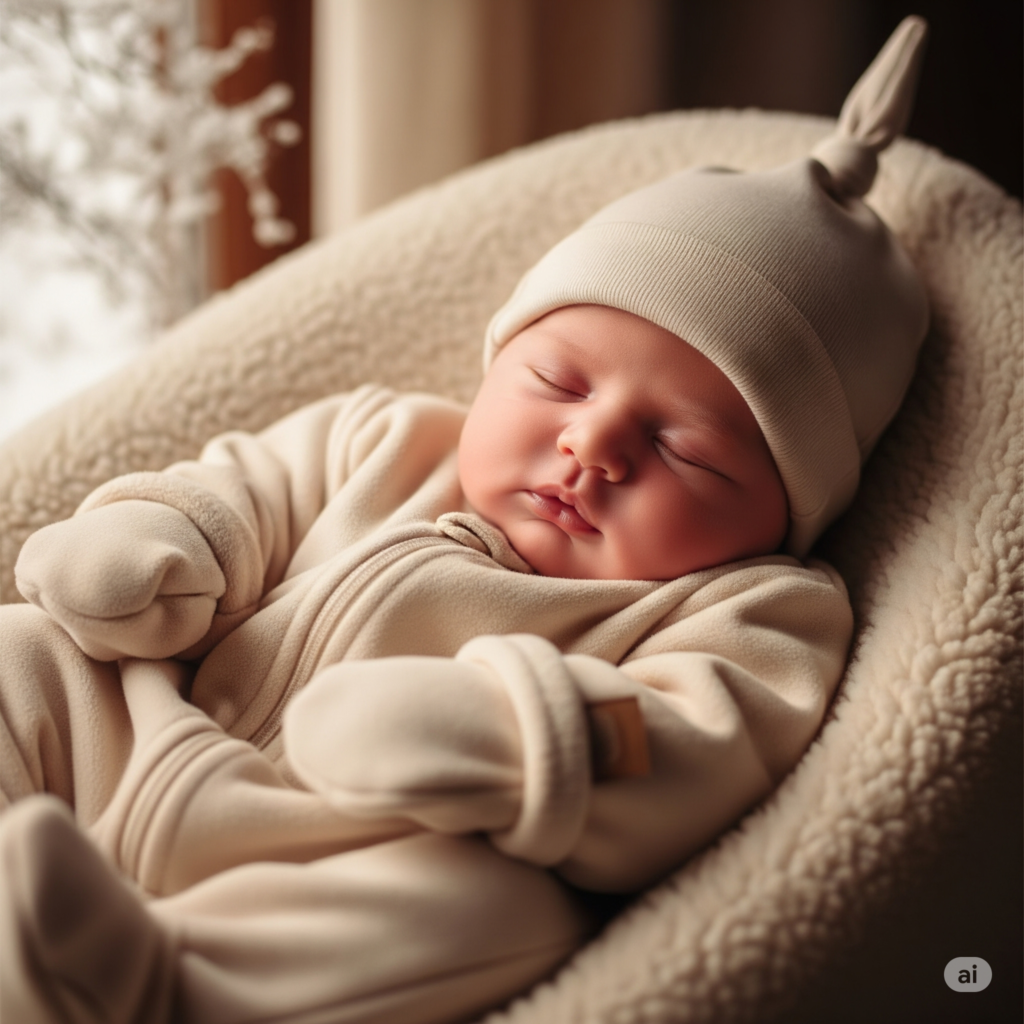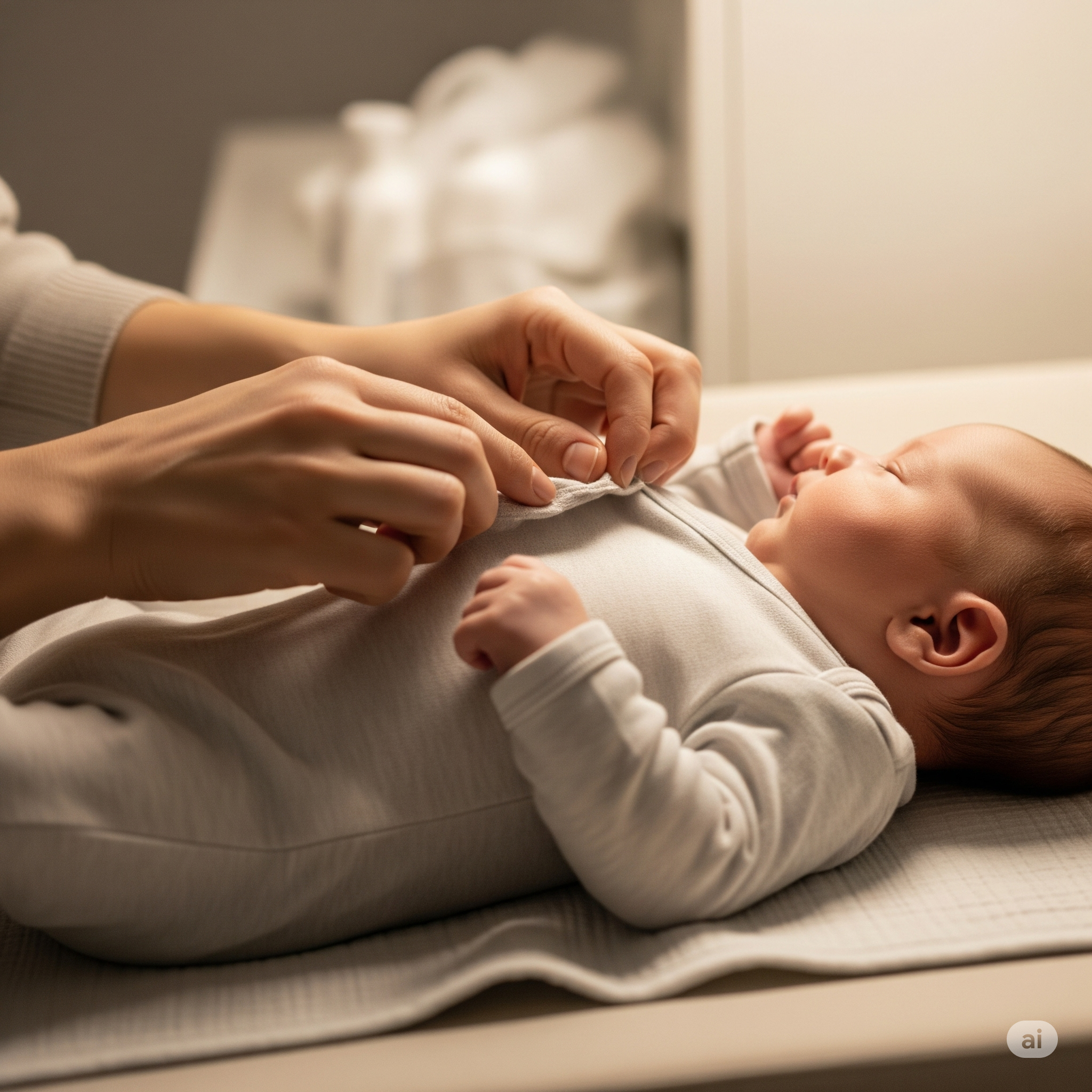Confused about how to dress your newborn? Our complete guide covers newborn clothing essentials, layering, dressing for summer, winter, sleep, and safety. Keep your baby comfy!

Figuring out how to dress a newborn can feel like solving a tiny, adorable puzzle, especially for new parents! You want your little one to be comfortable, safe, and just the right temperature. This newborn clothing guide will walk you through everything you need to know about dressing a newborn, from selecting the right newborn clothes to understanding layers for different weather and ensuring safe sleep attire.
Core Principles: Comfort, Safety, and Layers for Dressing Your Newborn
Before we get into specifics, let’s cover the basics of what a newborn should wear.
The Golden Rule of Layering:
A good rule of thumb for newborn layering clothes is to dress your baby in one more layer than you’re comfortably wearing. This helps them stay warm without overheating.
Prioritize Comfort & Soft Fabrics:
Newborn skin is delicate. Opt for soft, breathable fabrics like cotton. Look for comfortable baby clothes with flat seams and covered zippers. Easy on-and-off outfits (think snaps and stretchy necklines) are lifesavers.
Safety First in Newborn Clothing:
- Avoid outfits with loose strings, buttons that could detach, or tight elastic around the neck, arms, or legs.
- Ensure sleepwear is snug-fitting and flame-resistant if required.
- Hats should be removed indoors and for sleep to prevent overheating and ensure clear airways.
How to Dress a Newborn for Different Temperatures & Seasons
Weather plays a big role in choosing newborn outfits.
Dressing Your Newborn for Summer & Warm Weather:
- What should a newborn wear in summer? A single layer, like a lightweight cotton onesie or a short-sleeved bodysuit, is often enough.
- Protect them from the sun with a wide-brimmed hat and by seeking shade if outdoors.
- Avoid direct sun exposure, especially for babies under 6 months.
Dressing Your Newborn for Winter & Cold Weather:

- What should a newborn wear in winter? Start with a soft base layer (like a long-sleeved onesie), add a warmer layer like a footed sleeper or a fleece outfit, and then an outer layer like a snowsuit or bunting if going outside.
- Don’t forget a warm hat that covers the ears, mittens, and warm socks or booties.
- Important: Remove bulky outer layers (like snowsuits) before placing your baby in a car seat, as they can interfere with strap safety.
Dressing Your Newborn Indoors:
- Aim for a comfortable room temperature (around 68-72°F or 20-22°C).
- A onesie with a light blanket for swaddling, or a footed sleeper, is often sufficient. Feel your baby’s neck or tummy to check if they’re too hot or cold (hands and feet can often feel cooler).
Dressing Your Newborn for Sleep: Safety and Comfort
Dressing your newborn for sleep is crucial for both comfort and SIDS prevention.
- Avoid Loose Blankets: Never use loose blankets, pillows, or bumper pads in the crib.
- Safe Sleepwear Options:
- Swaddles: Many newborns love being swaddled for the first few months. Ensure the swaddle is snug but not too tight, allowing for hip movement.
- Sleep Sacks (Wearable Blankets): A great option once your baby outgrows swaddling or if they resist it. They provide warmth without the risk of covering the face.
- Room Temperature is Key: Adjust sleepwear based on the room temperature. A onesie under a sleep sack is a common combination.
Essential Newborn Clothes Checklist: What to Have Ready
Having these baby clothes essentials for newborns on hand will make dressing your newborn easier:
- Onesies/Bodysuits (5-7): Short-sleeved and long-sleeved.
- Sleepers/Footed Pajamas (5-7): For nighttime and naps.
- Shirts (3-5): Side-snap or envelope-neck styles are easy.
- Pants/Leggings (3-5): Soft and stretchy.
- Socks/Booties (5-7 pairs): Babies’ feet get cold easily.
- Hats (2-3): Soft, snug-fitting beanies for warmth (remove indoors and for sleep).
- Swaddles or Sleep Sacks (2-3): For safe sleep.
- Outerwear (seasonal): Sweater, jacket, or snowsuit.
- (Optional) Gowns: Easy for frequent diaper changes.
Quick Tips for Stress-Free Newborn Dressing
- Lay your baby on a flat, safe surface.
- Choose clothes that open wide at the neck or snap down the front/legs.
- Stretch neck openings before pulling over baby’s head.
- Bunch up sleeves and pant legs to guide tiny arms and legs through.
- Talk to your baby and make it a gentle, interactive time.
Learning how to dress a newborn becomes second nature with a little practice. Focus on your baby’s comfort, safety, and the “one more layer” rule. By understanding these tips for dressing your newborn for sleep, different weather conditions, and general wear, you’ll ensure your little one is always cozy and secure.
What are your go-to newborn outfits or dressing tips? Share in the comments below!
